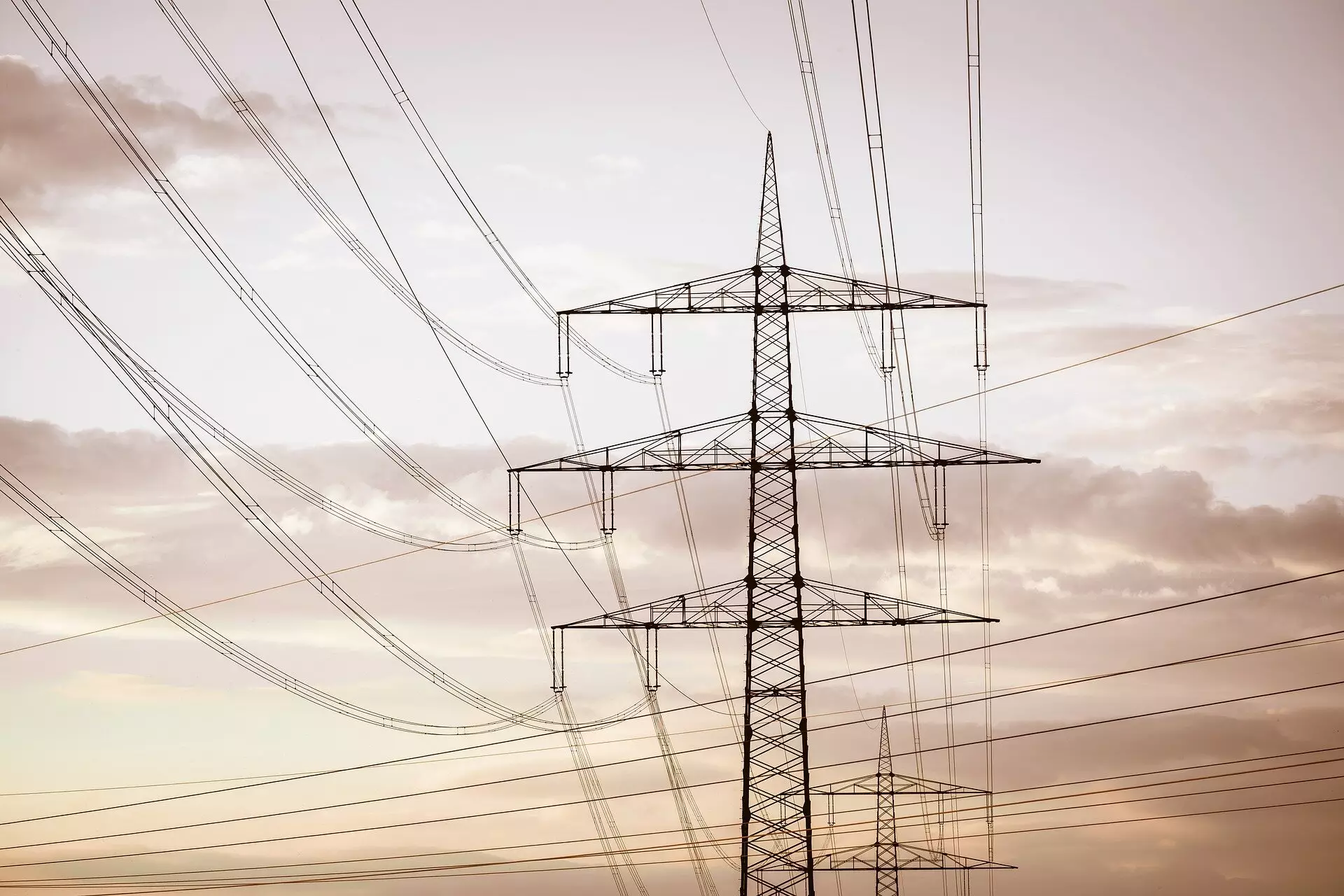In 2021, concerns were raised about a slowdown in copper production and the ability to meet future demand for the metal, sparking a need for alternative solutions in the electric grid sector. Dr. Anders Wulff, a Danish engineer, recognized the critical role copper plays in the current generation of power grids and saw an opportunity to revolutionize this technology. He is leading an EU-funded project that aims to develop superconductor cables made of ceramics, a departure from traditional materials. These innovative cables hold the promise of reducing energy waste, cutting costs, and curbing emissions in the electricity sector.
Superconductors are materials that conduct electricity without any electrical resistance at low temperatures, making them highly efficient. With superconductor technology, the reliance on copper is significantly reduced, as these new cables use copper only for structural support. One of the key advantages of superconductor cables is their ability to waste much less energy compared to traditional copper cables. Traditional copper cables experience energy losses due to electrical resistance, whereas superconductors, when cooled to low temperatures, can conduct electricity without any energy loss. This reduction in energy loss offers the potential to decrease energy demand and contribute to lowering greenhouse gas emissions.
The SUBRACABLE project led by Dr. Anders Wulff’s company, SUBRA, has developed a prototype superconductor cable made with ceramics that demonstrates significant improvements over traditional copper cables. This innovative cable uses 99% less copper and has a 90% reduction in energy loss compared to conventional cables. Additionally, the temperature requirements for the SUBRACABLE prototype are less stringent, making cooling more cost-effective. By transitioning from flat tape technology to bundled cables, the SUBRACABLE project aims to overcome existing barriers to scalable and cost-effective production of superconductor cables.
SUBRA plans to produce a 50-meter test version of the superconductor cable within the next year and a 400-meter full demonstration cable within 18 months. By 2027, the company aims to establish a fully operational factory for volume production of these innovative cables. Another EU-funded project, SCARLET, also aims to deploy superconducting cables to accelerate the transition to cleaner energy. Researchers are working on modeling two potential cables, including a high-temperature conductor similar to SUBRACABLE and another made of magnesium diboride.
Impact on Renewable Energy Infrastructure
The use of superconducting cables in renewable energy infrastructure, such as offshore wind farms, can lead to significant cost savings and efficiency improvements. By eliminating the need for large conversion and transformer stations on collector platforms, superconducting cables reduce the costs of setting up offshore wind farms by about 15%. With the EU aiming to increase the share of renewable energy consumption, innovative technologies like superconductor cables have the potential to play a crucial role in achieving these ambitious targets.
Despite the promising benefits of superconductor technology, there are challenges in transitioning from traditional copper cables due to industry habits and established practices. The power industry’s long-standing reliance on copper presents a significant obstacle to the adoption of superconductor cables. Overcoming this entrenched habit requires demonstrating substantial benefits and cost savings to incentivize the shift towards innovative superconductor technology. As researchers and engineers continue to advance the development of superconductor cables, the potential for revolutionizing the electric grid and accelerating the transition to cleaner energy remains within reach.


Leave a Reply